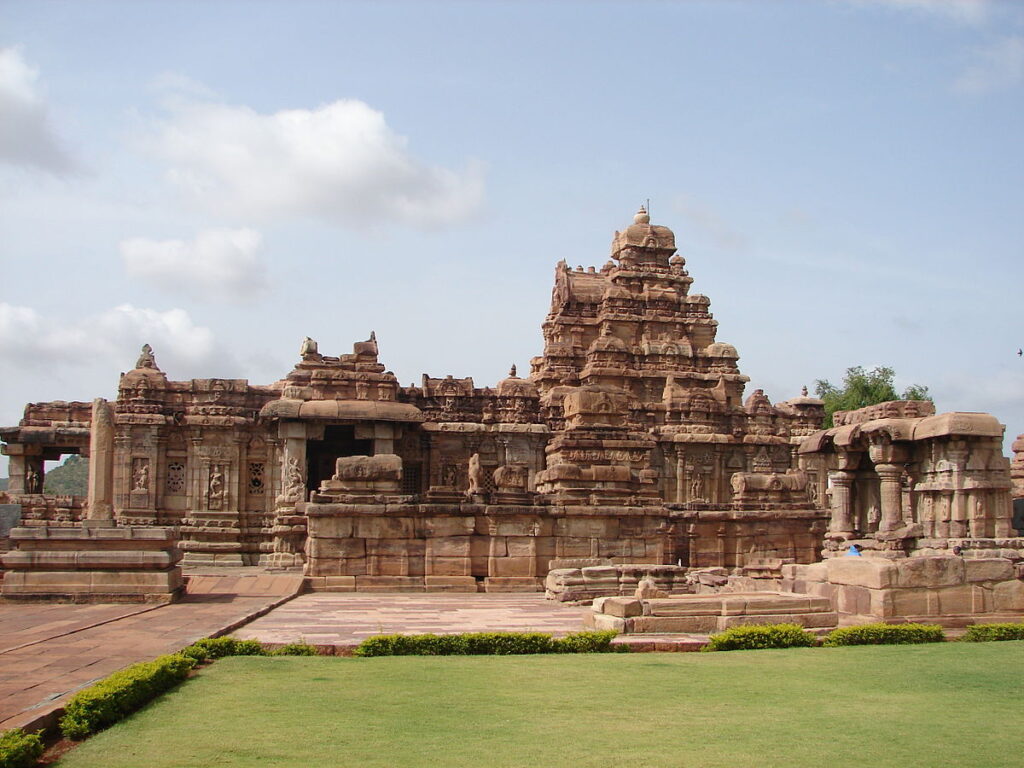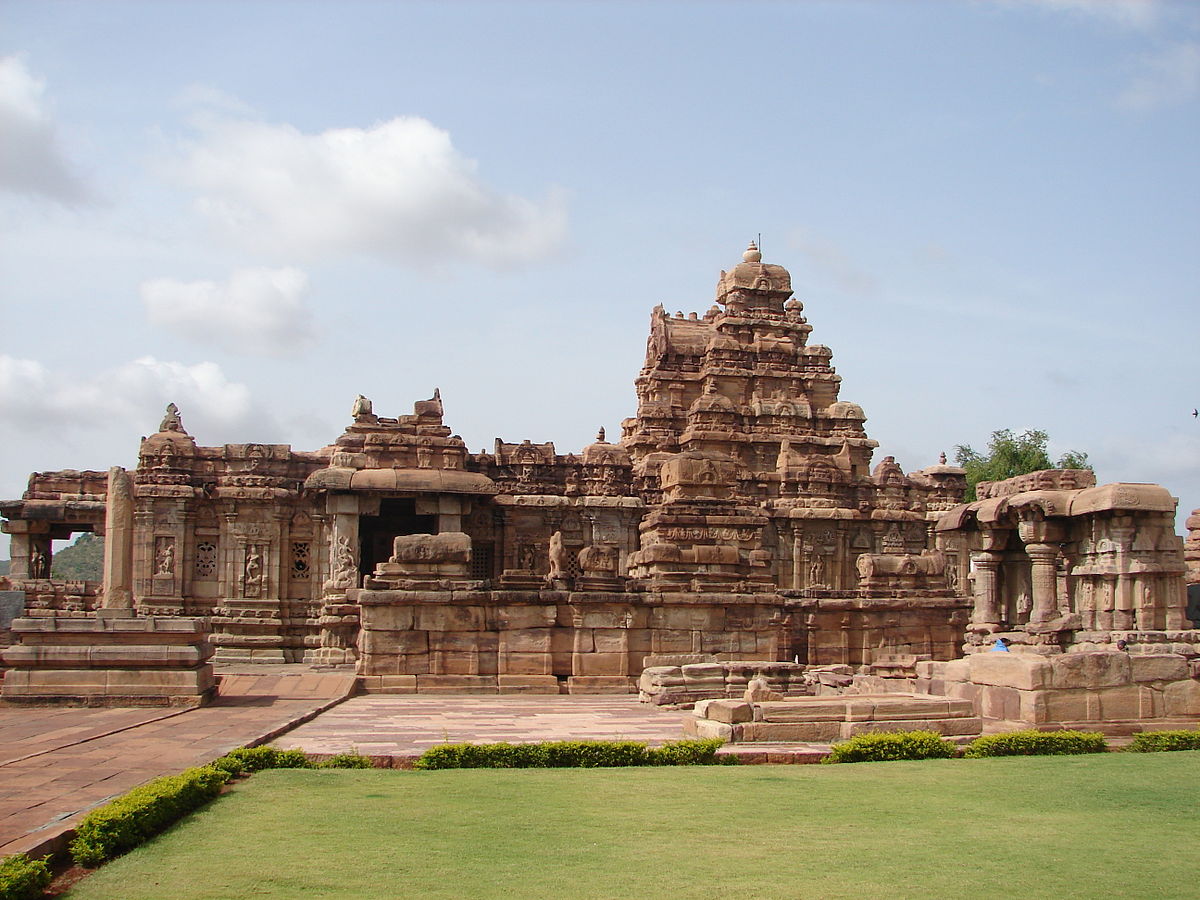Foreign Accounts:
Indigenous literature can be supplemented by international accounts. Greek, Roman, and Chinese travellers came to India, either as tourists or religious converts, and they left behind accounts of what they saw. It is remarkable that the invasion of Alexander is not reported in Indian sources, and we have to reconstruct the history of his Indian exploits entirely on the basis of Greek sources. Sandrokottas, a contemporary of Alexander the Great, invaded India in 326 BC, is mentioned by Greek authors. Chandragupta Maurya is known as Prince Sandrokottas, whose accession date is 322 BC. This identification in ancient Indian chronology has acted as the sheet anchor.
Only fragments of Megasthenes’ Indika, who served at Chandragupta Maurya’s court, have survived, which have been quoted by later classical writers.When read together, these fragments provide useful information not only on the Maurya administration structure, but also on the social classes and economic activities of the Maurya period. The Indika, like many other ancient accounts, is fraught with cynicism and exaggerations.
Many Indian ports, as well as things traded between India and the Roman empire, are mentioned in Greek and Roman accounts from the first and second centuries. Both the Periplus of the Erythrean Sea and Ptolemy’s Geography, both written in Greek, provide useful knowledge for researching ancient geography and trade. The date assigned to the first is between ad 80 and 115, while the second is assigned to approximately ad 150.
An unnamed author wrote The Periplus of the Erythrean Sea, which describes Roman trade in the Red Sea, Persian Gulf, and Indiar Ocean. Pliny’s Naturalis Historia was written in Latin during the first century and tells us about trade between India and ItalyKosmos Indikopleustes was the name of the last Graeco-Roman scholar to write about India. He was from Alexandria, Egypt’s center of Hellenistic culture. He wrote the Christian Topography about the year 550, which mentions Christians in India and Sri Lanka as well as the horse trade.
Of the Chinese travellers, Fa-hsien and Hsuan Tsang may be listed. Both of them were Buddhists who came to this country to study Buddhism and visit Buddhist shrines. At the beginning of the fifth century, the first came and the second came in the second quarter of the seventh century. Fa-hsien explains the social, religious, and economic conditions in India during the Gupta dynasty, while Hsuan Tsang does the same for India during the Harsha dynasty.
Village Study:
The communal essence of ancient tribal society is shown by remnants of mutual sharing in feasts, festivals, and pujas. To this day, loyalty to the tribe and caste remains. Ritual relics offer insight into ancient sects as well as marriage and family institutions. The people of the high caste do not milk the cow and never take it to the plough. Untouchability is promoted by their contempt for manual labour. Significant traces of discrimination are not limited to castes alone, but also colour man-woman relationships.
Even in rural Bihar, the sati system continued until the 1930s. Thus, amid universal suffrage, social disparities exist, exposing the essence of ancient Indian society. Many of the Dharmashastra rules regulating our ancient polity and culture can be seen in rural practices and caste prejudices.
Natural Sciences:
The use of social science findings for the historical construction of ancient India began approximately thirty years ago. The use of natural science has recently started. The study of ancient India has benefited from evidence from chemistry, geology, and biology.
Historical Sense:
The ancient Indians were tired of being history-challenged. They obviously did not write history in the same way that we do today, nor did they write it in the same way that the Greeks did. The Puranas, which number eighteen, provide us with some history (eighteen was a conventional term). The Puranas provide dynastic history up to the start of Gupta rule, despite their encyclopaedic material.
They address the incidents’ causes and consequences, as well as the areas where they happened. Even if they were documented several years after the events, comments about them are made in the future tense. The Puranas’ writers were well aware of the principle of change, which is at the essence of history.
Krita, treta, dvapara, and kali are the four ages listed in the Puranas. Each following epoch is represented as being worse than the one before it, and as one epoch gives way to the next, moral principles and social structures deteriorate. The value of time and place, which are essential elements in history, is discussed. It is said that as time and place pass, dharma transforms into adharma and vice versa. In ancient India, several eras were created, each with its own set of events. Vikrama Samvat began in 57-8 BC, Shaka Samvat began in An 78, and the Gupta period began in 319 AD.
Inscriptions are recorded descriptions of events that take place in a particular time and place. Ashokan inscriptions from the third century BC reveal a great deal of historical knowledge. For thirty-seven years, Ashoka ruled. From the eighth to the twenty-seventh regnal year, his inscriptions document events. Just nine regnal years are listed in the inscriptions that have been discovered so far. Future findings may shed light on what happened in the final years of his reign. Kharavela of Kalinga documents a large number of events in his life year by year in the Hathigumpha inscription, which dates from the first century BC.
In biographical writings, Indians show a clear historical meaning, as demonstrated by Banabhatta’s composition of the Harshacharita in the seventh century. It’s a semi-autobiographical work written in an ornate style that later imitators despised. It explains Harshavardhana’s early career.

While exaggerated, it offers an excellent depiction of Harsha’s court as well as social and religious life at the time. Several more charitas or biographies were published after that. The history of the fight between the Kaivarta peasants and the Pala prince Ramapala, which ends with the latter’s victory, is told in Sandhyakara Nandi’s Ramacharita (twelfth century). The Vikramankadevacharita of Bilhana recounts the exploits of his patron, the Chalukya king of Kalyan, Vikramaditya VI (1076-1127).
Even the biographies (charita) of some Gujarati merchants were written between the 12th and 13th centuries AD. Similar historical works may have been published in south India, but only one has been discovered so far. This is known as Mushika Vamsha, and it was written in the eleventh century by Atula.
It tells the storey of the Mushika dynasty, who ruled in northern Kerala. The Rajatarangini, or The Stream of Kings, written by Kalhana in the twelfth century, is the best example of the earliest historical literature. It is a series of biographies of Kashmir’s rulers, and it is thought to be the first work to contain many characteristics of historical writing as we know it today.

